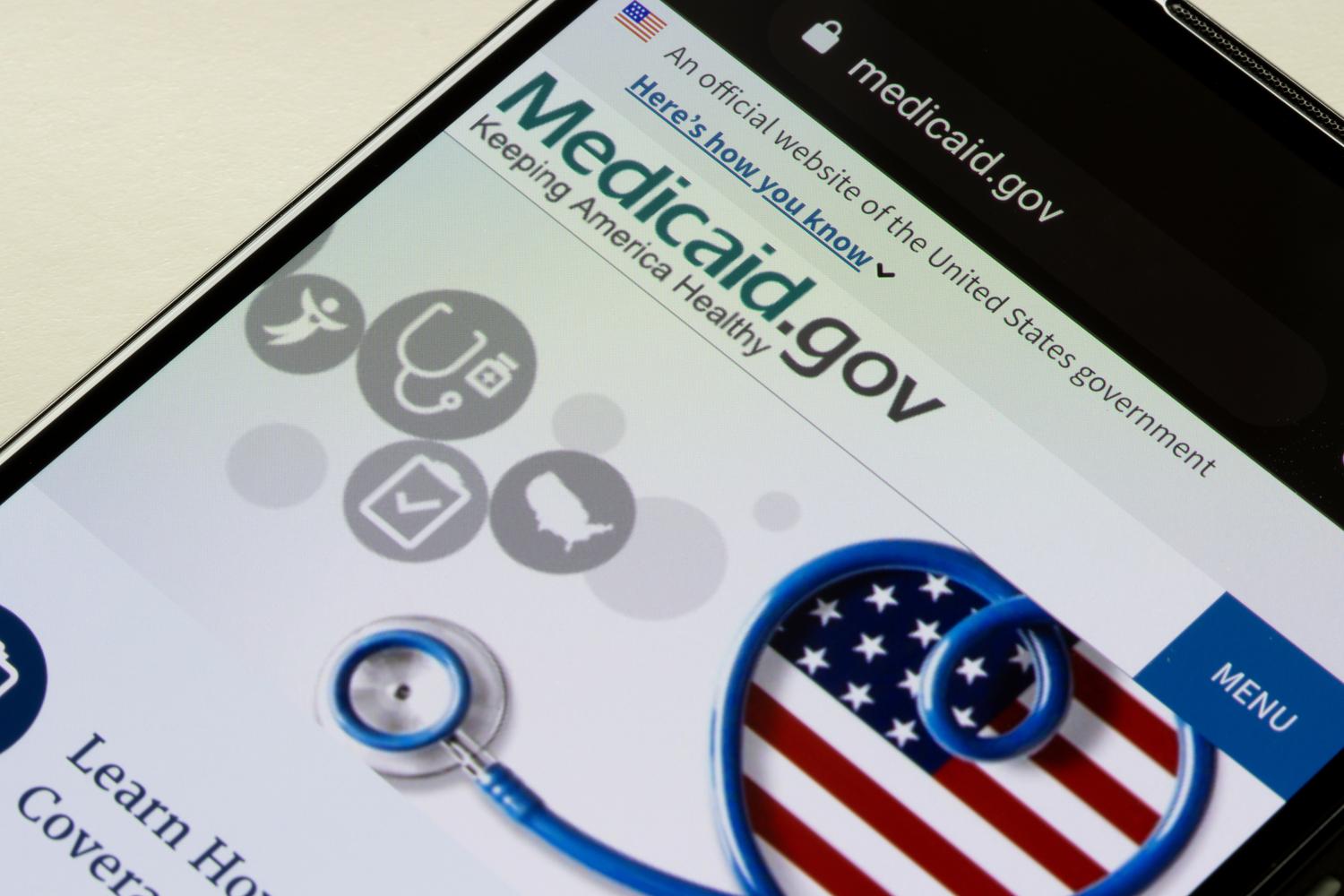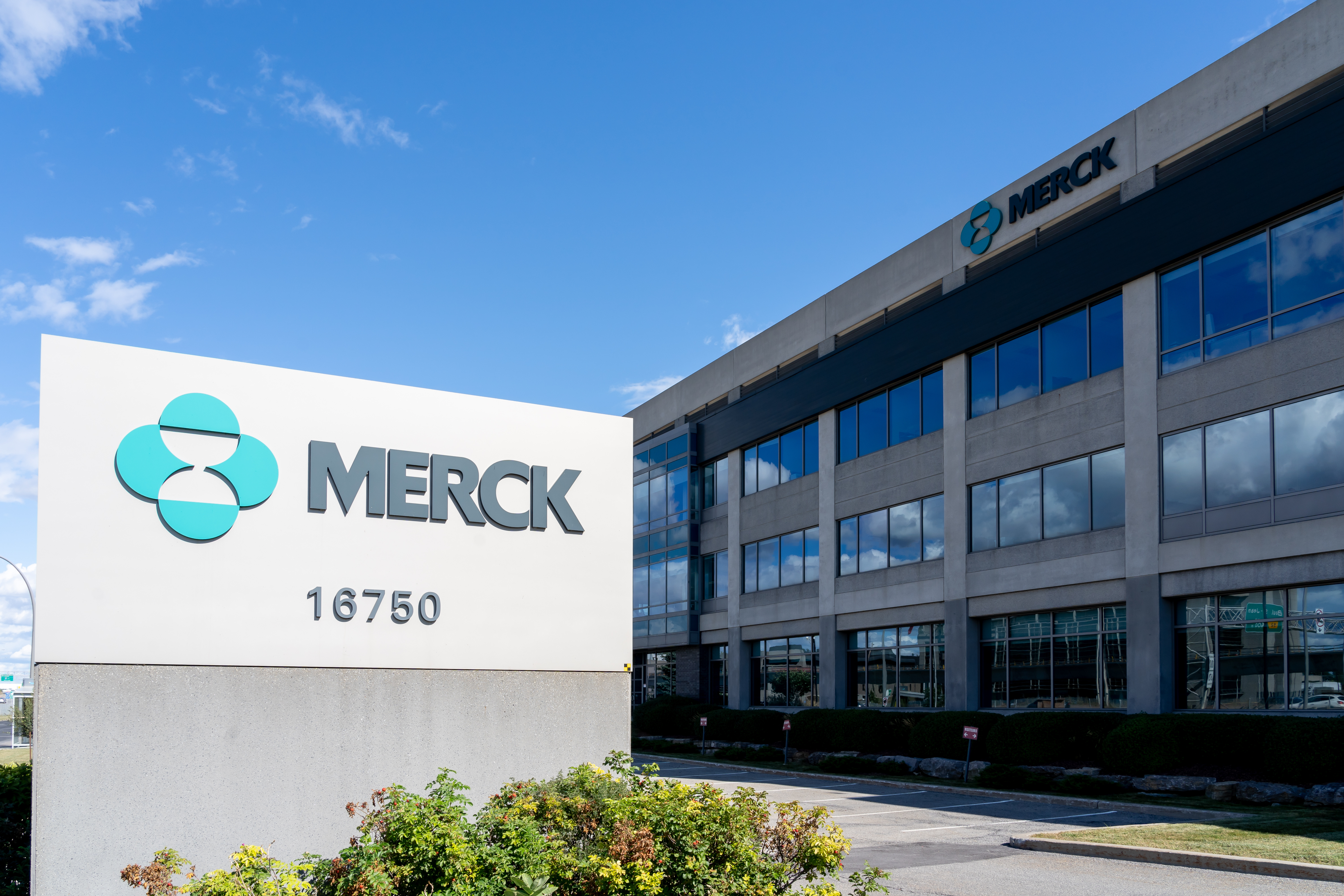The COVID-19 Public Health Emergency Is Ending: What Does It Mean For You?
How to navigate the end of the COVID-19 public health emergency
In February 2023, the Biden administration announced the end of the COVID-19 Public Health Emergency (PHE), which has been in effect since January 2020. The emergency will officially end on May 11th, signaling that the U.S. is headed towards a more hopeful and optimistic phase of the pandemic. Although the future impact of the public health emergency ending is still uncertain, there are several notable policy changes that will alter healthcare access. We’ve chatted with Michael Botta, Ph.D. and co-founder of Sesame, to address some common questions below.
What is the COVID-19 public health emergency?
The COVID-19 public health emergency was a public health measure implemented by the U.S. government, which includes travel restrictions, physical distancing guidelines and quarantine orders. Those actions were designed to limit the spread of COVID-19 and protect vulnerable populations from becoming infected with the virus. The public health emergency also established more public health programs designed to diagnose, treat and protect vulnerable populations from infection through social protection strategies. This included free vaccine coverage and free COVID-19 testing. It also resulted in a massive surge in Medicaid enrollment, as states were banned from withdrawing people from the program during the public health emergency.
Why is the COVID-19 public health emergency ending?
The decision to end the public health emergency stemmed from several factors. According to public health officials, coronavirus is no longer upending everyday life to the extent it once did (the number of COVID-19 infections, while still notable, has decreased significantly and is no longer one of the leading causes of death in the US). The lack of funding for a continued COVID-19 response also played a role in the decision, as Congress has continued to reject the Biden Administration’s request for $22.5 billion in additional funding.
How will this change affect my insurance coverage (Medicaid, Medicare, and others)?
Your insurance coverage plays a big role in how you will be impacted by the end of the public health emergency. According to Botta, the biggest change will be for the millions of Americans who are on Medicaid, as many are at risk of losing their health insurance completely.
“Before the pandemic, each state completed annual reviews to ensure that its Medicaid recipients were still qualified for the coverage,” says Botta. “These reviews were suspended during the pandemic to ensure that no one would lose health insurance during a time when medical care was needed so critically by so many.” Now that the Medicaid safety net is being removed, it’s possible that millions will be removed from their plans.
For those with private insurance, the changes brought on by the end of the PHE are not as drastic. Impact will vary based on your plan and the state you live in, but you may start to see things like at-home COVID-19 tests no longer being covered. Check with your plan administrator to understand what changes you should expect for your family.
Will at-home COVID-19 tests be free?
At-home COVID-19 test availability and cost will depend on the type of insurance that you have.
During the public health emergency, Medicare beneficiaries were allowed to order up to 8 free COVID-19 tests from the federal government per month, and private insurers were required to reimburse families for the same amount.
When the public health emergency ends, those who are on Medicare will no longer receive free tests. Those who are on Medicaid will continue to receive free at-home tests until 2024. If you are on private insurance, at-home COVID test availability will vary depending on your policy and state, so it’s best to reach out to your insurance plan administrator to better understand what will be available to you.
Will parents have to pay for COVID-19 vaccines for their families?
Families on Medicaid (and those on Medicare) will continue to receive free vaccines. However, those who are uninsured will most likely need to pay to get vaccinated; Pfizer and Moderna have announced that they will charge for vaccines once the PHE ends (Pfizer states that they expect to charge between $110 to $130 a dose).
If you have private insurance, your COVID-19 vaccines will likely still be covered, but you should check with your plan administrator to ensure that you are getting vaccinated by an in-network provider in order to avoid out-of-pocket costs.
Will telehealth still be available when the COVID-19 public health emergency ends?
During the public health emergency, the requirements for clinician licensure changed quite a bit. Before the pandemic, many states only allowed telemedicine visits to be conducted by providers who were licensed within that state. However, once the public health emergency was in place, some states began to accept clinical licenses from other states for the provision of telemedicine visits. This created more provider availability for patients, regardless of where they were located, and expanded healthcare access to many (especially those in more remote areas).
People may see lessened availability with some of those licensure policies reverting back, but coverage likely won't change – many private insurance plans covered telemedicine prior to the pandemic, Medicare is protected through 2024 and most Medicaid recipients will still be covered.
According to Botta, telehealth is here to stay. “There are many reasons why telehealth can be beneficial,” says Botta. “From being able to make a quick appointment for your child in the middle of the night, to being able to avoid the potential for germs in waiting rooms, it can be very helpful for families.”
Although the end of the public health emergency brings a sense of relief to many, it can still be confusing to navigate upcoming policy changes. If you find yourself impacted by coverage changes, Sesame offers affordable medical care and prescriptions at half the cost of traditional care and may be able to assist with finding healthcare solutions. Whether you’re uninsured or underinsured, you will be able to access exceptional primary care physicians, specialists and other practitioners - all easily bookable for telemedicine or in-person care within two hours at the touch of a button.
Related posts

If you're losing Medicaid coverage due to the end of the COVID-19 Public Health Emergency, a cash-pay approach towards healthcare may be an alternative solution.

Today, May 11th, marks the official end of the COVID-19 Public Health Emergency (PHE). This is a significant milestone, and we recognize the immense challenges and sacrifices everyone has made throughout this difficult period.

The COVID-19 landscape is constantly changing, and staying up-to-date with the latest guidelines on isolation can be challenging. That's why we've put together a list of commonly asked questions about COVID-19 infectiousness, plus MD-approved answers.

As the PHE comes to an end on May 11, the DEA is proposing new restrictions (or restoring previous restrictions) on the prescription of certain controlled substances - including some anxiety medications, painkillers, ADHD medications and more.

CMS has asked several states to pause Medicaid redeterminations after identifying procedural errors causing millions to lose coverage, despite remaining eligible. The pause aims to address these issues and ensure proper enrollment procedures.

Read on for more information about how to take advantage of free at-home test programs and COVID testing guidelines.

Why the historic low of uninsured Americans is not cause for celebration

Multinational pharmaceutical company Merck has filed a lawsuit against the U.S. government designed to halt a recent law that allows the federal government to negotiate the prices of prescription drugs under Medicare.

Symptom checkers are helpful but aren’t the be-all, end-all. The best thing you can do if you or a loved one are feeling flu-like symptoms is to talk to your doctor and get tested for COVID-19.
